Earthquakes cause devastation wherever they go. Sometimes, the magnitude isn’t strong enough to cause enough destruction, but in other cases, it is catastrophic, causing buildings to collapse, roads to be ripped up and people to lose their lives.
An earthquake like this could be set to hit the U.S. West Coast, from southern Canada to northern California, which could have never-before-seen consequences for the area and those living there.
Researchers Have Mapped the Underwater Fault
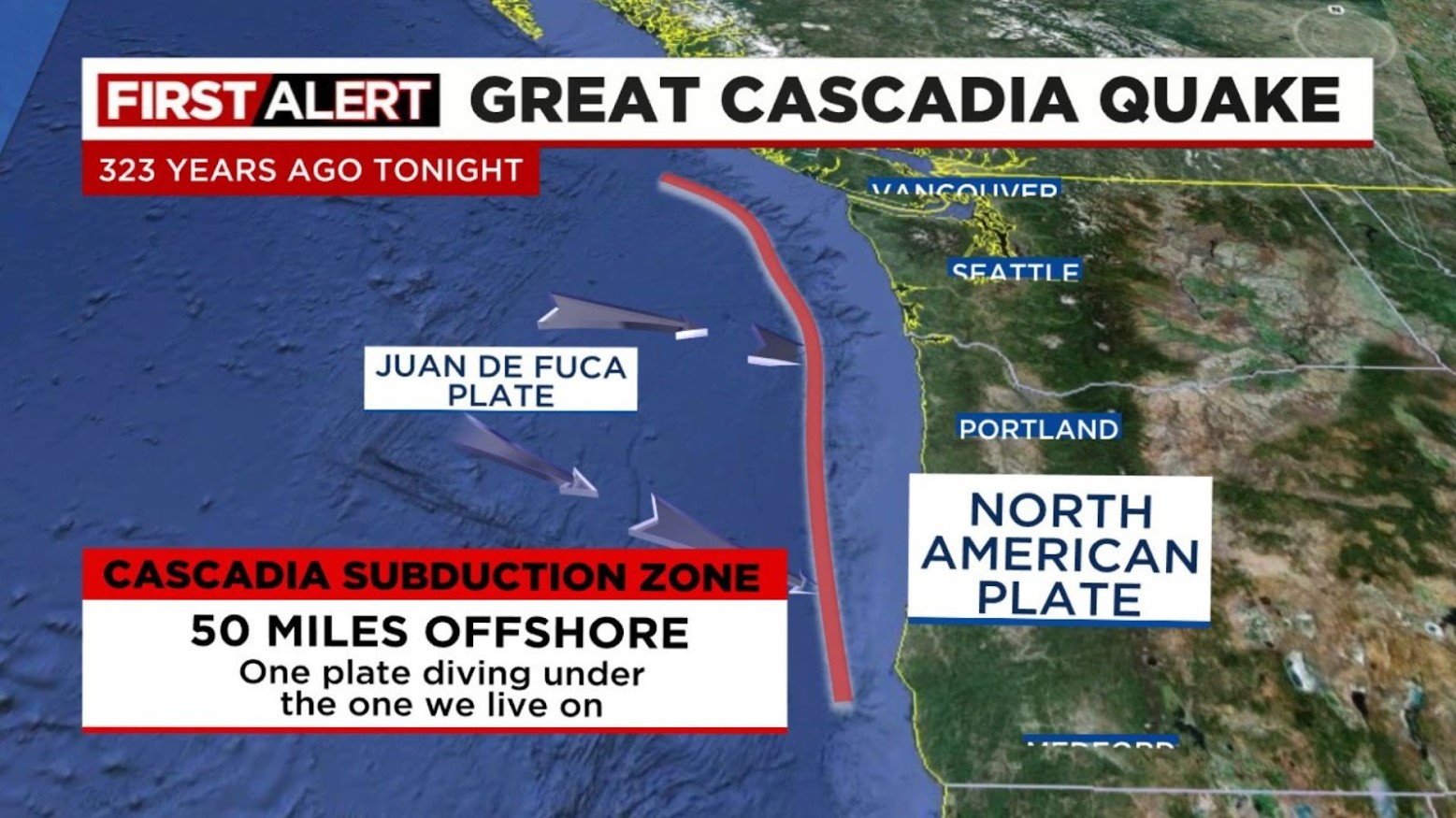
While this fault has been known for years, researchers have finally been able to map out the underwater fault, which will help them gain more information on the potential scale of this earthquake and when it will hit.
Even though knowledge is power in these instances, researchers can do nothing to prevent the earthquake from happening. However, they can help the affected areas prepare for it to try to lessen its impact.
Models of the Fault Zone
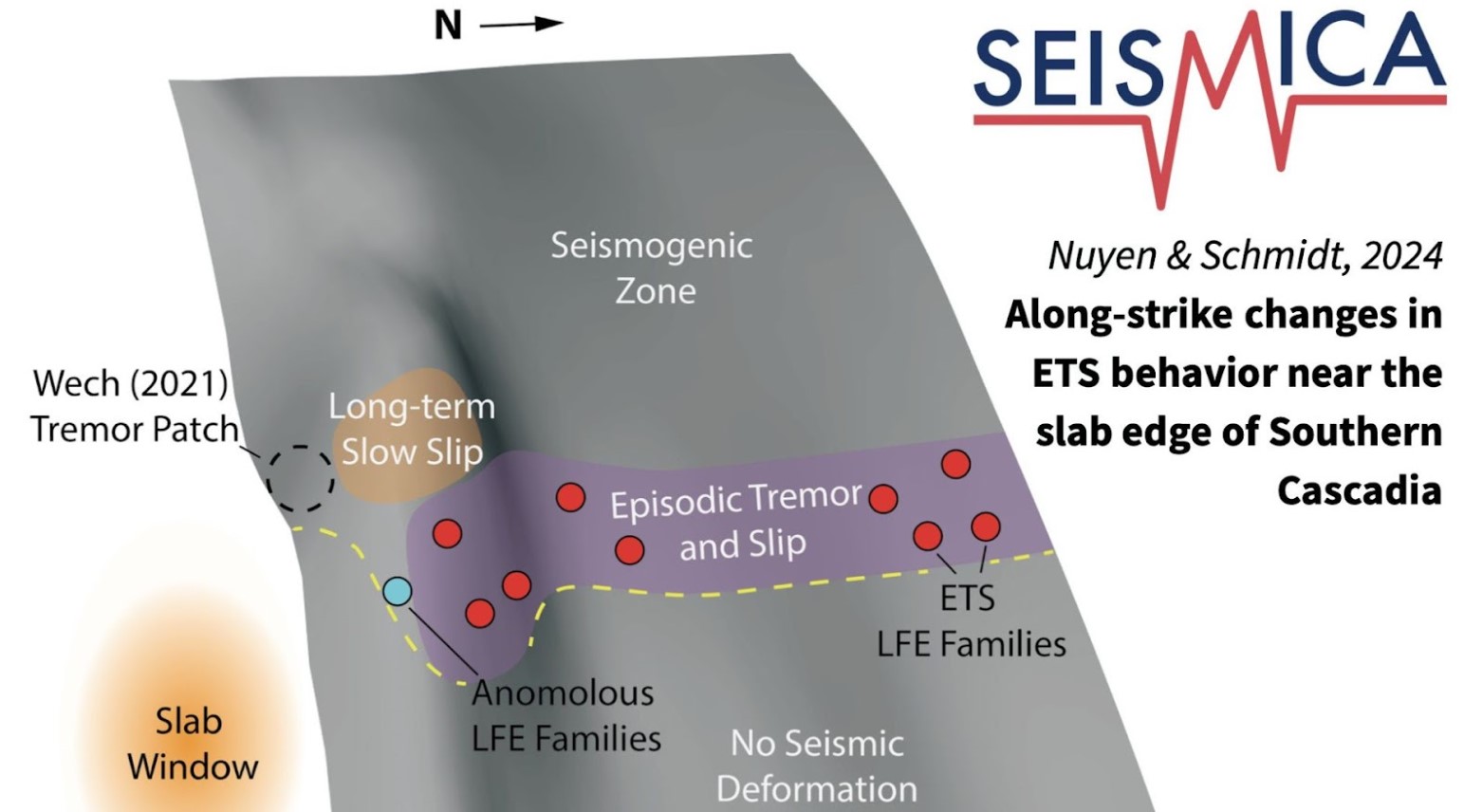
Before the zone could be mapped out, the researchers used models to imagine what it could look like. However, they had no data to support this.
Now that they know what the fault zone looks like, they can get a much clearer idea of what might happen with the earthquake and the impact it is likely to have on the population.
The Cascadia Subduction Zone
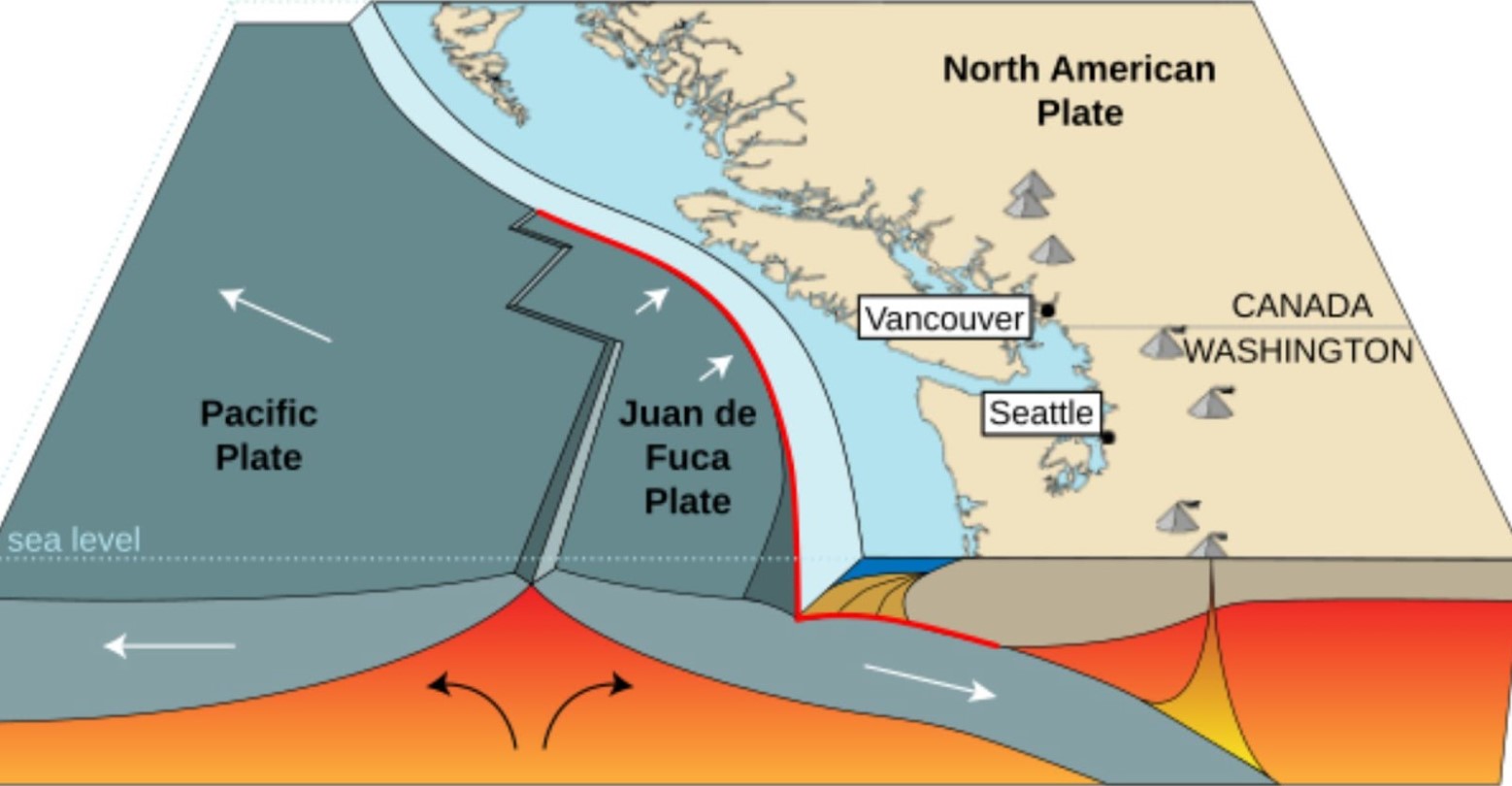
The area surrounding the underwater fault is known as the Cascadia Subduction Zone, a 600-mile fault line that could cause chaos along the entire length of this line if an earthquake occurs.
The mapping shows that the fault has been split into four segments instead of one long continuous strip. This is likely to cause more chaos because the tectonic plates will be able to slide under one another, creating more pressure and larger earthquakes.
How the Segments Might Collapse
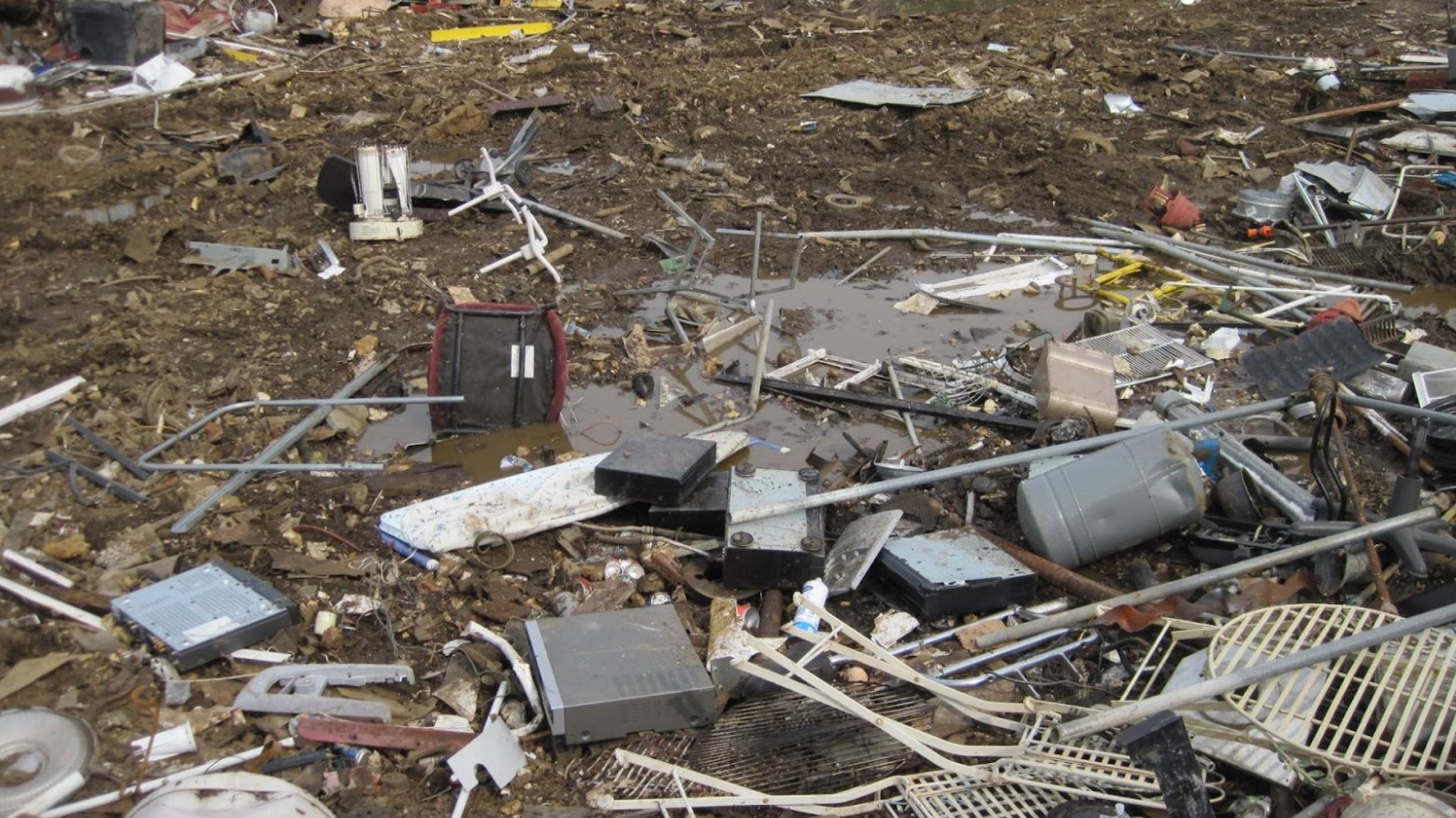
As the segments have been split into four instead of one long one, they could collapse in two ways. They could either collapse altogether or collapse one by one at different times.
Regardless of how the segments decide to collapse, both scenarios will cause catastrophic events that will devastate the areas affected and greatly impact people living there.
A Magnitude 9 Earthquake
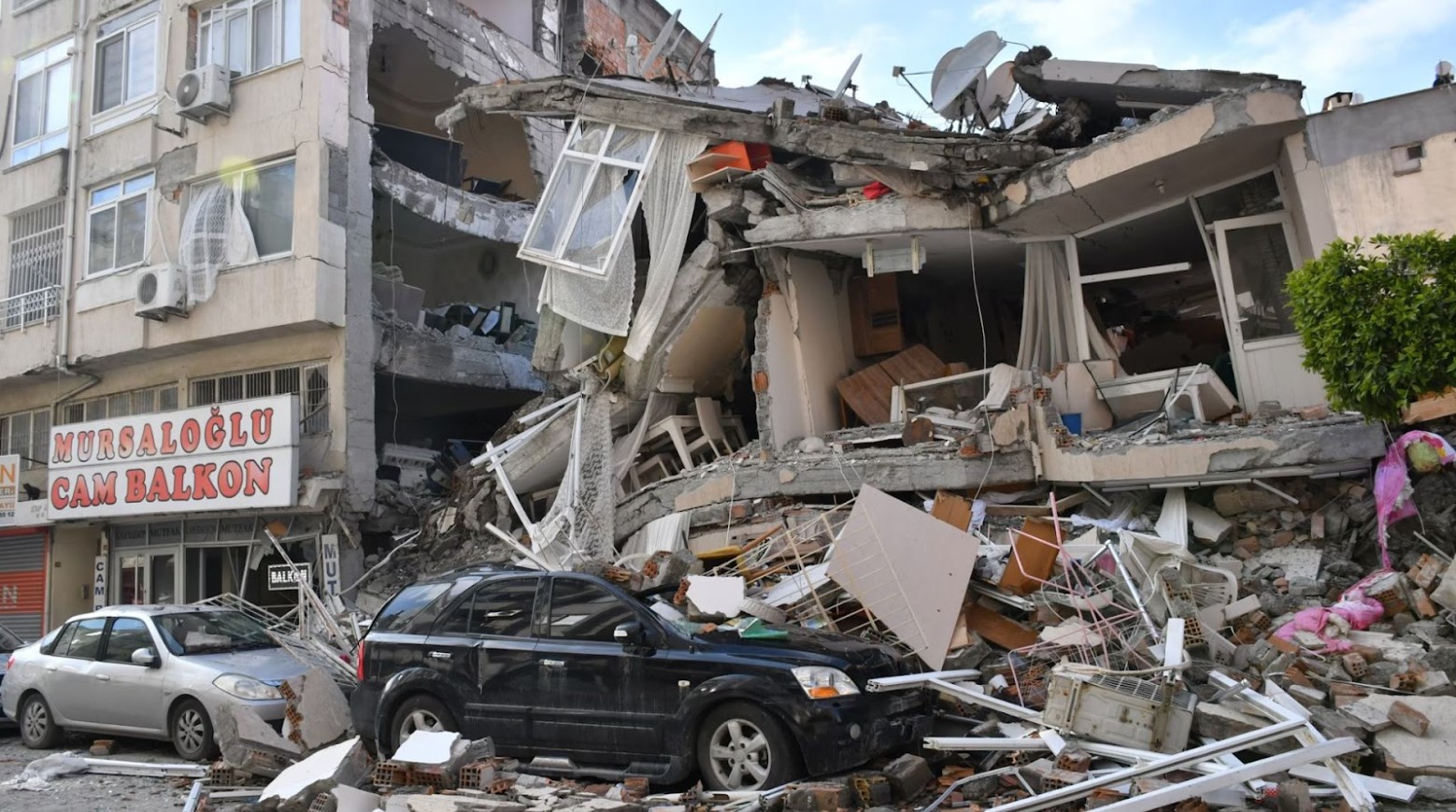
Researchers have already predicted that the earthquake will likely hit 9 on the magnitude scale. This could unleash tsunamis with waves of over 100 feet.
If this does happen, it could kill more than 10,000 people and will likely cause $80 billion worth of damages in just Oregon and Washington. The actual cost and lives lost will likely be much higher.
Magnitude Depends on Time
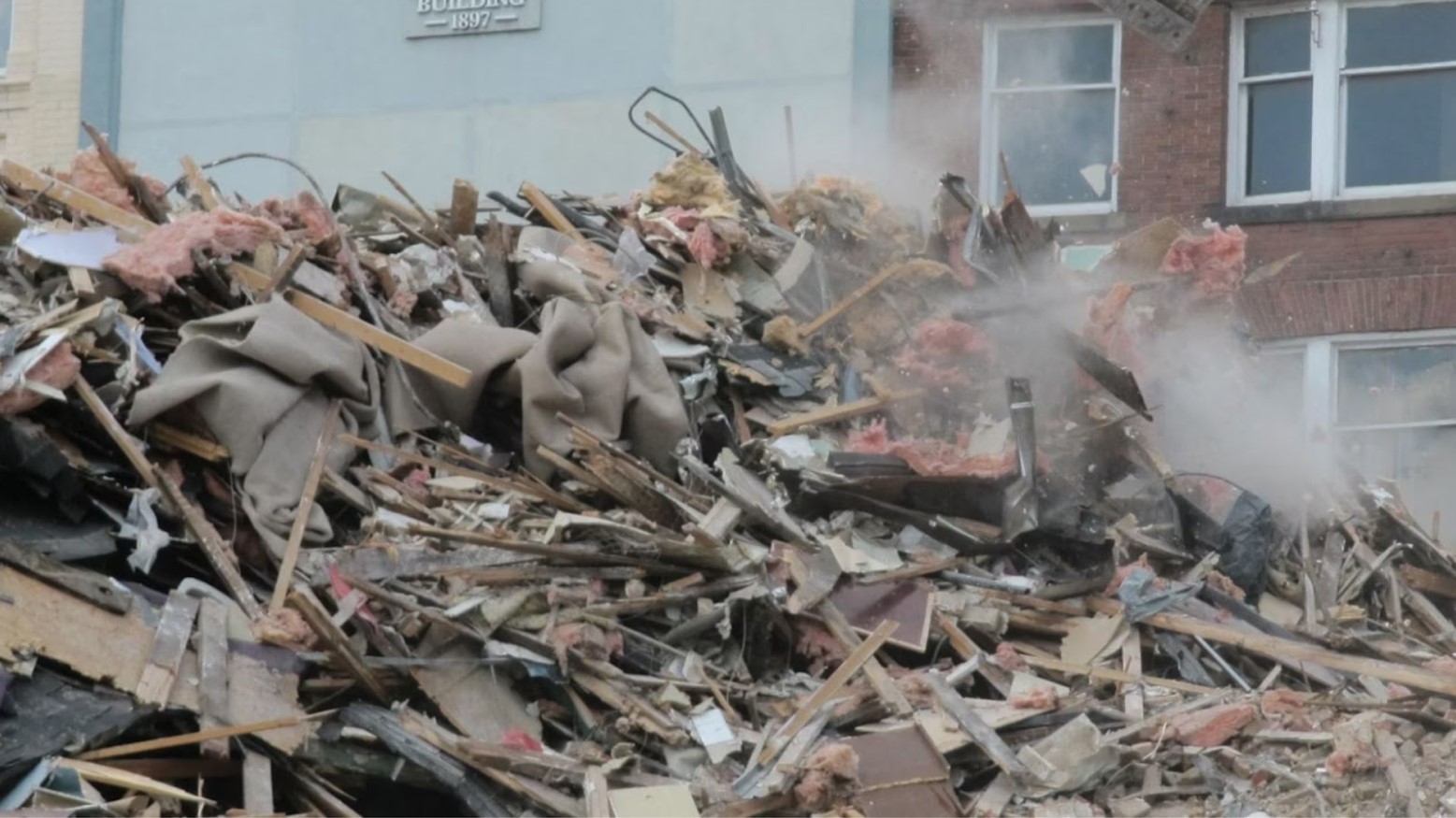
The magnitude of an earthquake tends to be decided by its duration. The shorter the earthquake, the lower the magnitude. The longer the earthquake, the higher the magnitude.
If an earthquake lasts 15 seconds, its magnitude is around 6. If it lasts 30 seconds, its magnitude is in the mid-sevens. However, if it lasts longer than 4 minutes, its magnitude tends to be 9 and above.
Battling Infections

Those who can survive the earthquake won’t get off lightly. Instead, they will be left battling infections, which could also cost them their lives.
The infections are likely to come from injuries caused by the earthquake or a number of diseases, such as tetanus, that can be caused by disturbed soil and rubble. People could also get cholera from contaminated water.
California Houses Close To Collapsing
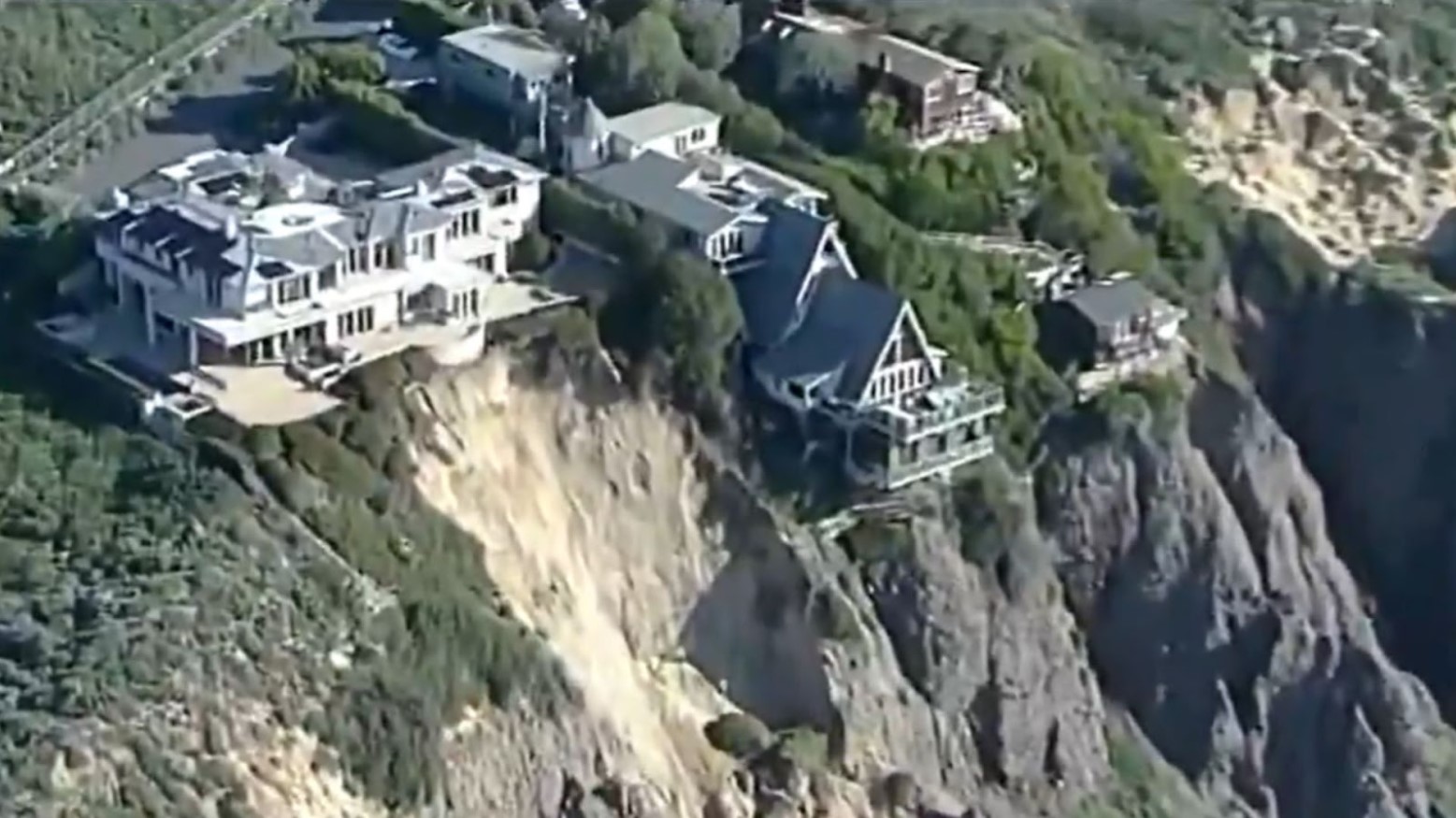
Some California houses are already close to collapsing, and this earthquake is likely to be the final nail in the coffin. A landslide in Orange County has caused at least three houses to be close to collapse.
These are coastal homes, and should an earthquake occur, there is a high chance that the houses will collapse due to a landslide, causing the cliff they were built on to start crumbling away.
The Tsunami That Devastated the Alaskan Coast
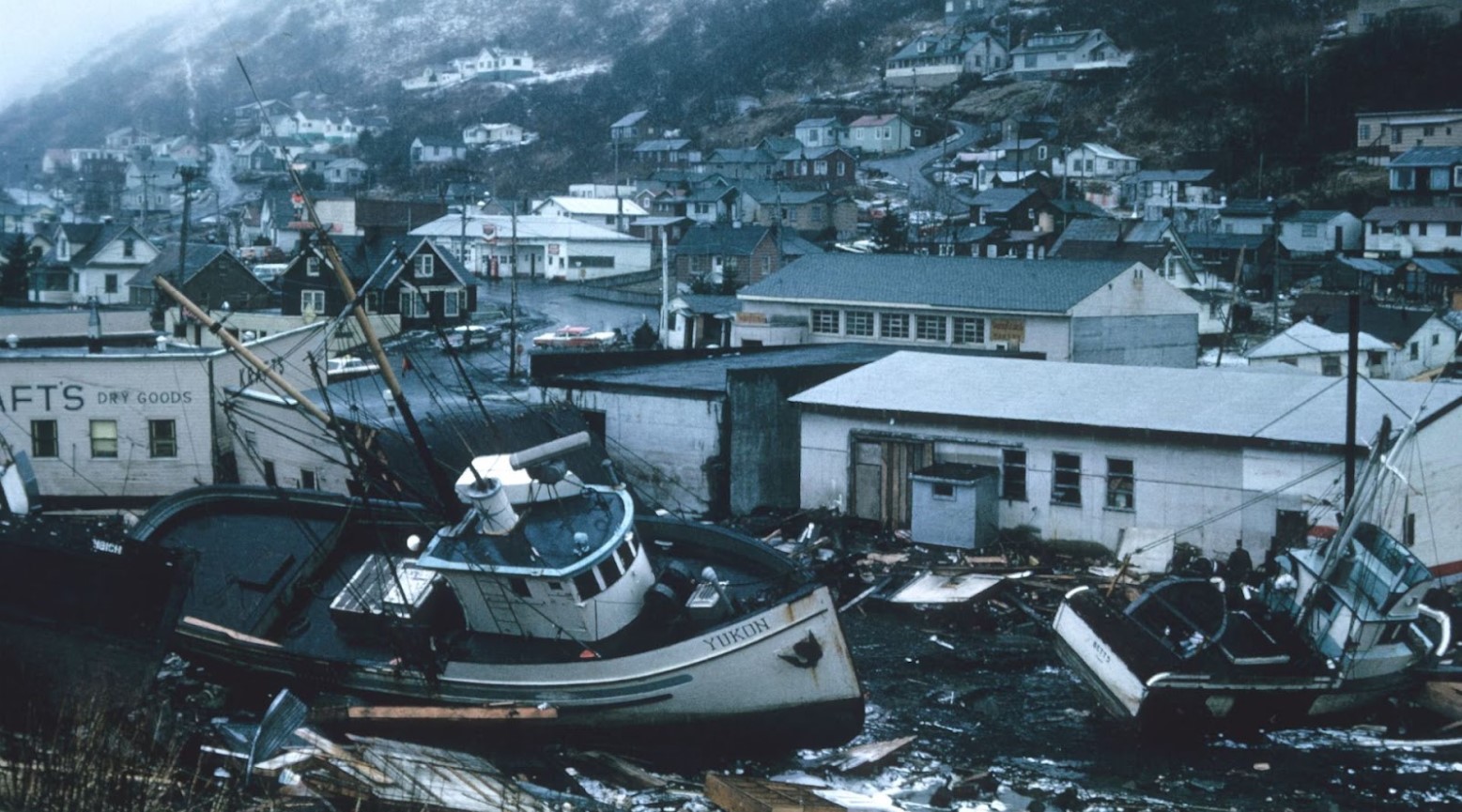
You only have to look back in history at earthquakes and other natural disasters that have completely devastated the areas they hit. One example is the 1958 tsunami waves that hit Lituya Bay, Alaska.
The tsunami was caused by an earthquake, and the waves were the tallest in history, measuring 1,720 feet high. The wave caused 90 million tons of rock to form a massive rock slide, mountains to break apart and trees to be completely taken out by it.
Preparing for an Earthquake
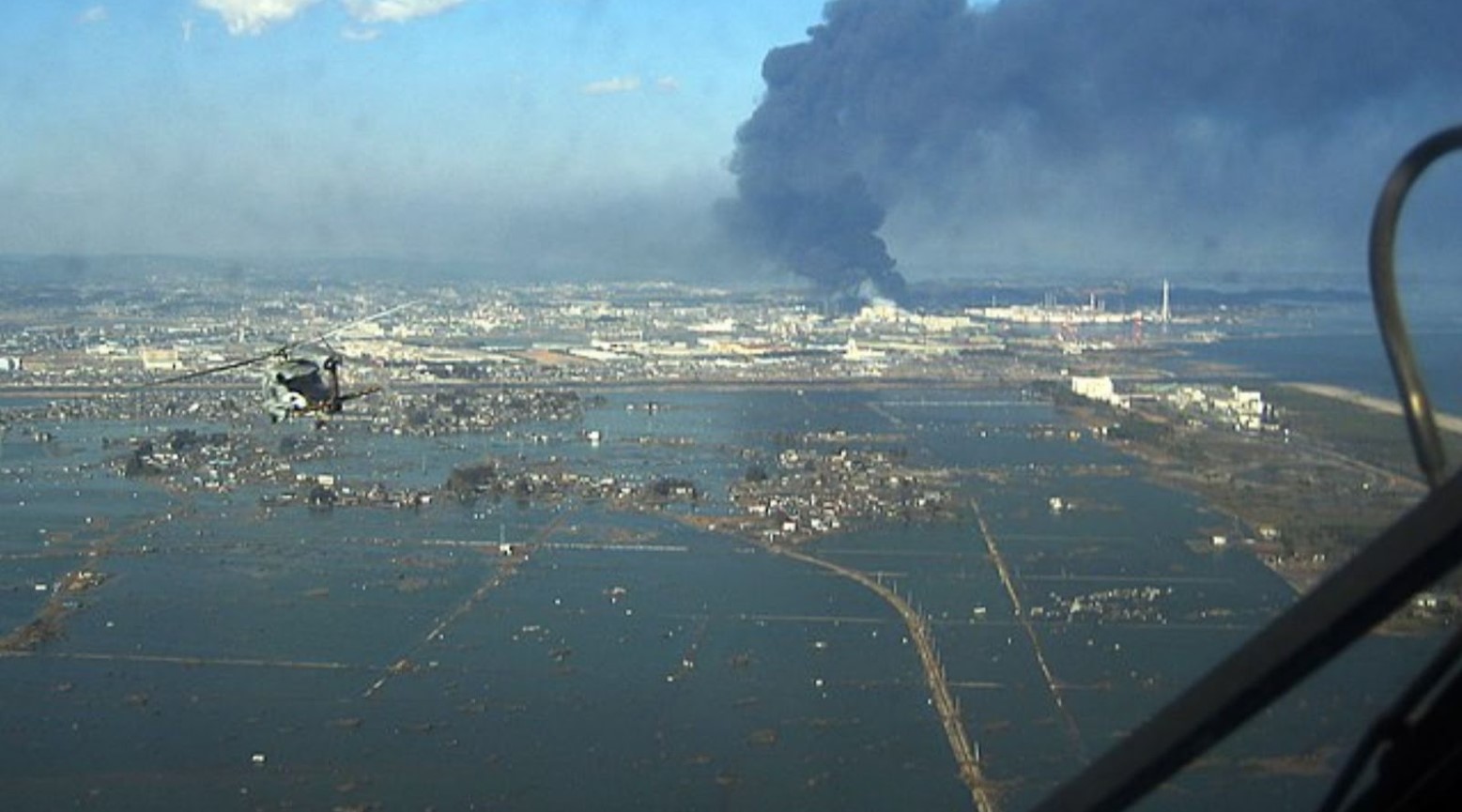
All areas worldwide need to be prepared for earthquakes, especially if that area is likely to have them. This means they should also be ready for a tsunami afterward if based on the coast.
The 2011 earthquake and subsequent tsunami in Tohoku, Japan, is a good example of this. The country previously thought it wasn’t possible for there to be an earthquake over 8.4 magnitude, so it had prepared for such an event. The earthquake ended up having a magnitude of 9, and the tsunami went over the sea walls and killed over 18,000 people.
Deaths Will Be Extensive
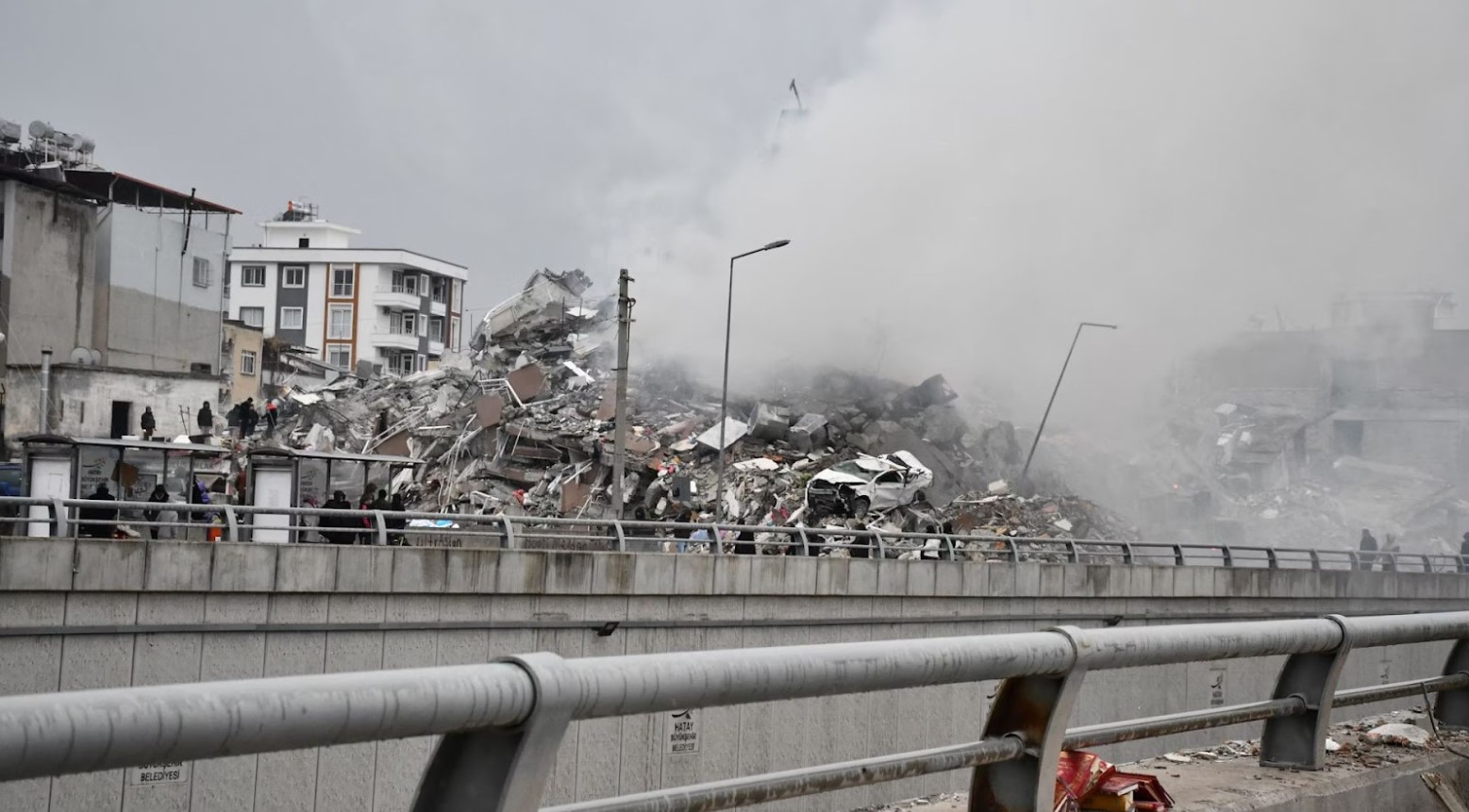
It is believed that the deaths caused by a future earthquake and tsunami will likely be extensive. While deaths as a direct consequence of the earthquake and tsunami will be immediate, others won’t happen straight away.
These deaths afterward will be a result of disease from exposure to dead bodies, animal carcasses, contaminated water and hazmat spills. The consequences will last for a while, and even though some people will live to tell the tale, others won’t be quite as fortunate.
